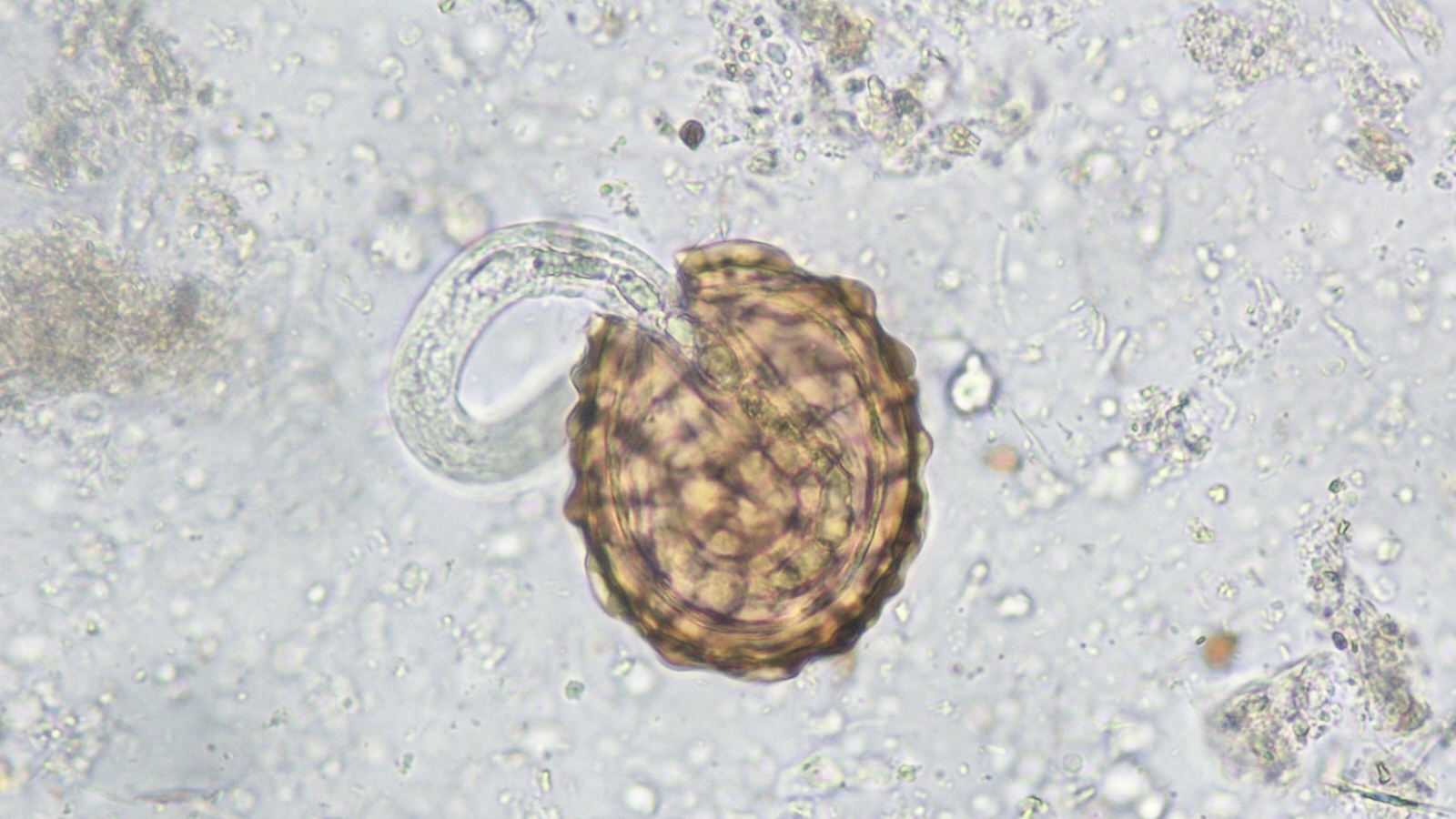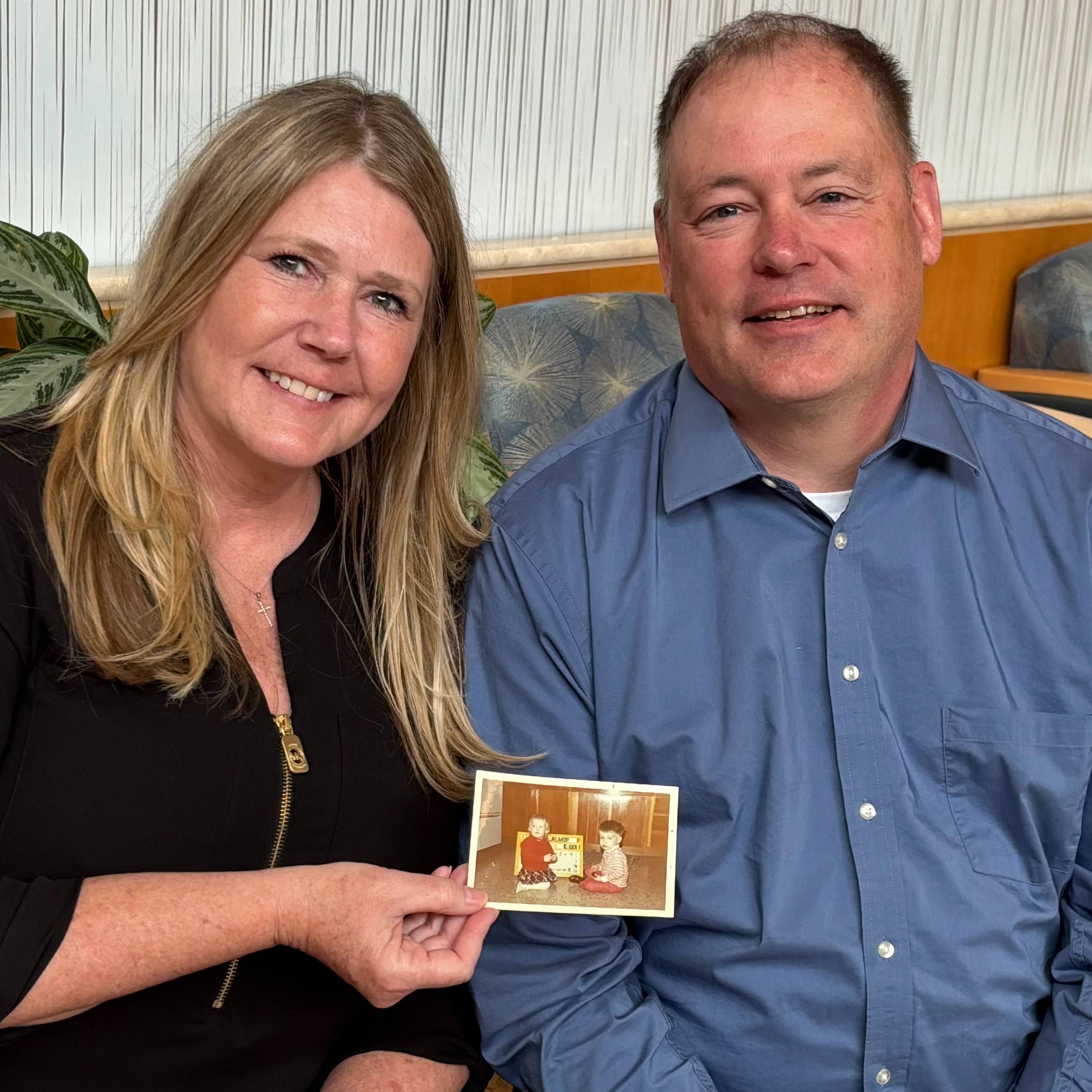-
Pretty Parasites With Dr. Pritt, part 1: The skinny on Ascaris worms
Parasites can be pretty: pretty cute, pretty awesome and sometimes pretty creepy. This article is part one of a five-part series featuring some of Dr. Bobbi Pritt's "freaky favorites," ranked from 1 (not too scary) to 5 (bad-news bugs).
Freaky factor 1/5: Easy to treat with medicine and maybe, possibly helpful to humans.

Yep. These are worms. Ascaris lumbricoides is a large parasite that lives in a person’s gut. Sometimes it can grow to be up to 35 centimeters long. These worms are often found in places in the world where sanitation is poor. People usually get infected with these worms when they eat food or drink water that contains a few tiny worm eggs. The eggs are small and can’t be seen without a microscope. The eggs later hatch, and the worms begin to grow inside the body. That’s when a person might start to notice an infection.


Having just one or two worms usually doesn’t cause much trouble. There is some scientific evidence that people who have intestinal worms are less likely to have allergies. However, having lots of worms can block up a person’s gut and can be serious.
The good news is, if you’re a host for these worms – a host is what they call someone who has a parasite— it’s easy to get rid of them. A single dose of an oral medication usually will do the trick.
Related articles:
- Pretty Parasites With Dr. Pritt, part 2: Scalp explorers
- Pretty Parasites With Dr. Pritt, part 3: ‘Beaver fever’ creature feature
- Pretty Parasites With Dr. Pritt, part 4: Love bugs
Bobbi Pritt, M.D., is a pathologist and microbiologist at Mayo Clinic. She loves learning about parasites. You can read her blog, "Creepy Dreadful Wonderful Parasites" and follow @ParasiteGal.







